9 AgTech Startups Using AI to Grow Smarter
Table of contents

We won’t spend too much time belaboring some obvious points when it comes to feeding future Earth. Basically, we’re pretty well screwed. Estimates from just a few years ago said we would need to increase agricultural production by 70 percent to feed nine billion people. A more recent estimate says we can expect closer to 10 billion mouths to feed by mid-century. You do the math (mainly because our MBAs flunked their pre-algebra classes). Throw in a few record-setting storms every year for the next few decades, and soylent green is starting to taste pretty good. Still, we’re an optimistic bunch at Nanalyze (a lucrative opioid addiction will do that for you), and we have found plenty of reasons to be excited about agriculture technology—or, in the parlance of our times, agtech—and its use of artificial intelligence to grow some smart solutions.
AgTech Grows Up

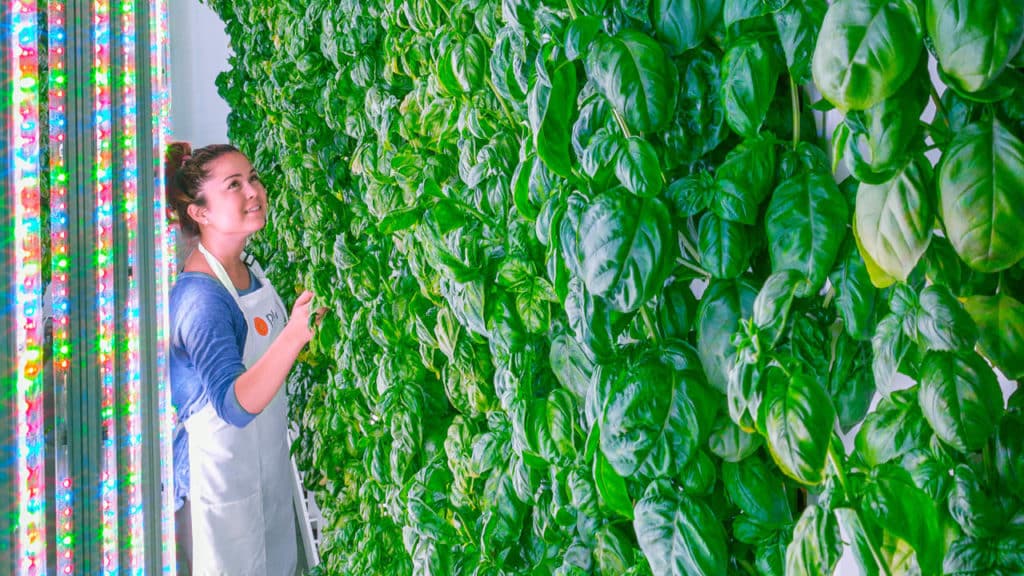
Only a month before, Plenty had made its first acquisition: Bright Agrotech, an indoor agtech hardware company for indoor growers. All the new green from the Series B round will see the company open urban farms outside of its one 52,000-square-foot facility, as well as invest in hiring staff in computer science, machine learning, mechanical engineering, crop science, biology among others, according to AgFunder News.
The SoftBank investment certainly catapulted Plenty to the head of the class among agtech vertical farming systems, but it still faces some stiff competition against the likes of Bowery Farming and AeroFarms.
Founded in 2015, New York City-based Bowery Farming has raised a total of $31 million in disclosed funding, following a $20 million Series A in June. It has a long list of investors behind it, including Google. The company’s BoweryOS platform uses computer vision, automation and machine learning to monitor plants to get more out of less. It claims to use 95 percent less water than conventional farming while producing 100 times more against the same footprint of agricultural land.
Update 05/25/2021: Bowery Farming has raised $300 million in Series C funding at a $2.3 billion valuation to fuel their continued expansion. This brings the company’s total funding to $467.5 million to date.
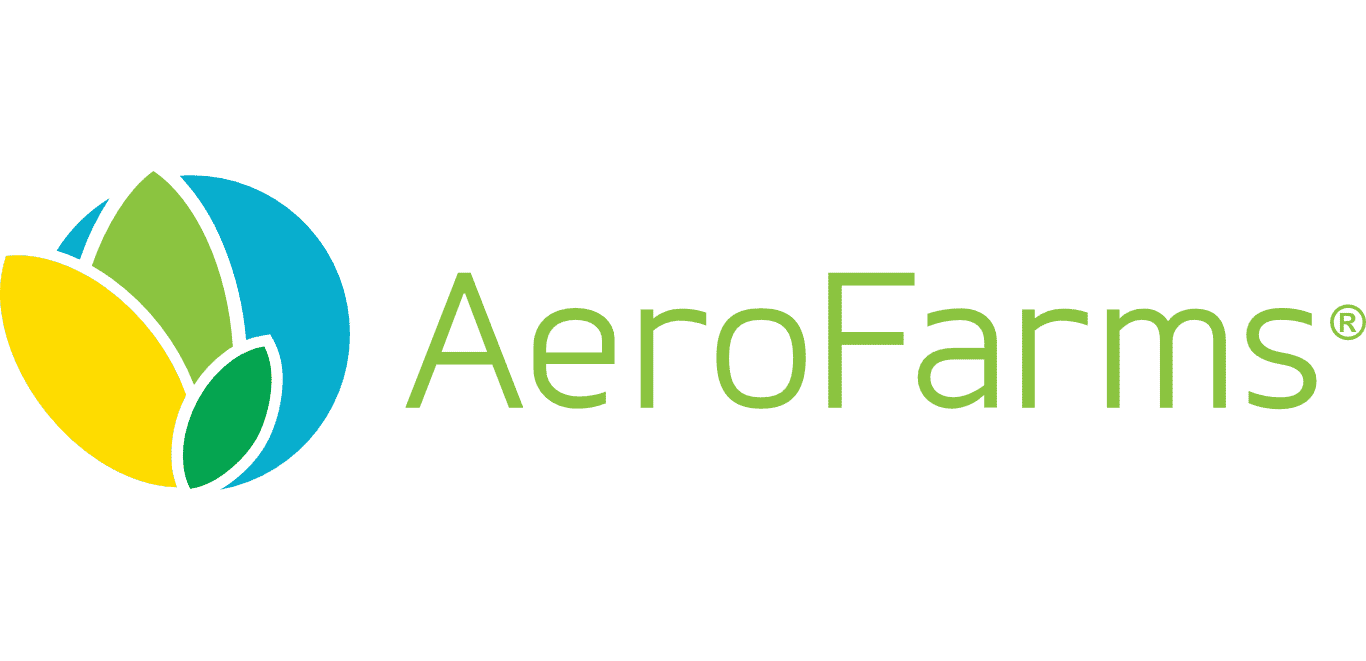
Yielding Better Results
Conventional farming certainly isn’t being left out of the agtech space when it comes to applying AI for solving the problem of boosting yields without increasing inputs like fertilizer and water. For Benson Hill BioSystems, founded in 2012, the way forward is to identify genetic traits in crops that will produce the most bang for the buck. That approach has brought the Raleigh, North Carolina some big bucks of its own, with $34.5 million in disclosed funding, including a $25 million Series B in May.
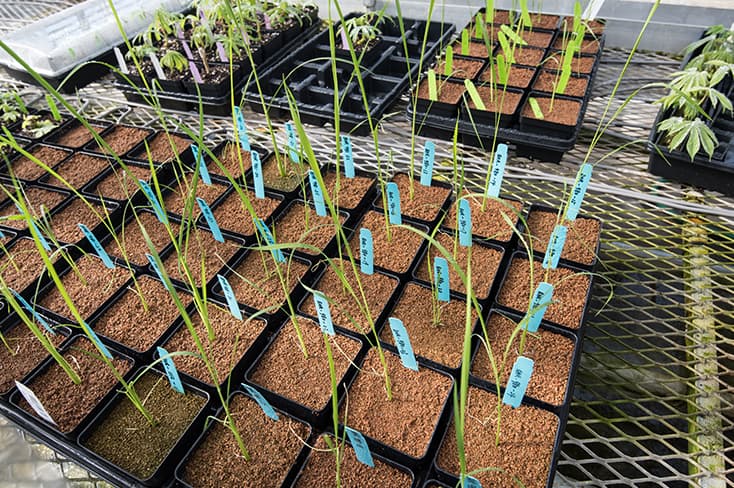
Its CropOS platform uses big data and AI to predict crop outcomes from certain traits, starting with photosynthesis. The system is hitting the mark about 10 percent of the time, which doesn’t sound so impressive until you learn that the best you can do otherwise is about 1 percent. The company recently revealed that it is developing a gene-editing tool it calls CRISPR 2.0 that it claims is better than CRISPR/Cas-9. Benson Hill plans to make its new CRISPR technology openly available, as it already has with CropOS. Sounds like this startup might be one company truly interested in feeding the planet and not just its bottom line.
Without a Trace
A community of good and bad microorganisms inhabit soils just like they do the human gut, which is called the microbiome. San Francisco-based Trace Genomics, founded in 2015, produces kits for farmers so they can test the health of their soil microbiome. The agtech startup has raised $4 million in one early stage round to date. The company says it applies AI techniques similar to those used in fraud detection to ID the good microbes from the bad. Its screening products retail at $199 and up.
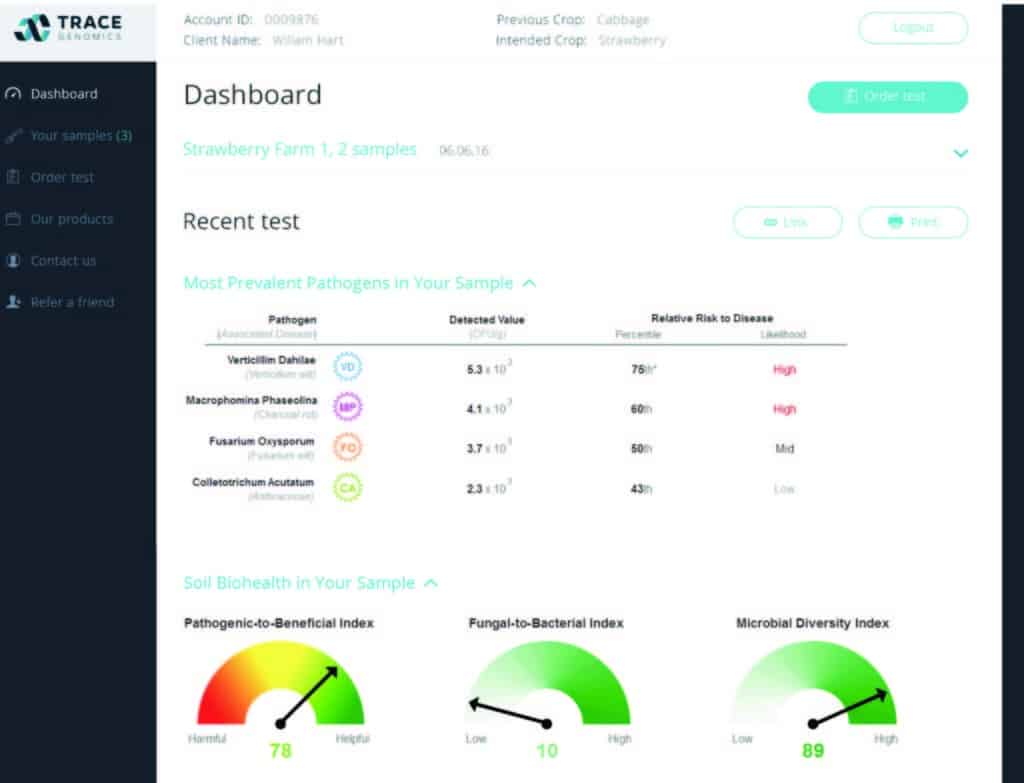
Trace Genomics is part of a growing sector in agtech microbiology. For instance, we profiled a Massachusetts company earlier this year called Indigo that uses the beneficial microbes to help plants grow better. The company scooped up $156 million in VC funds last year to lead all biotech agtech startups.
Update 11/17/2018: Trace Genomics has raised $13 million in Series A funding led by Stage 1 Ventures to give corn and soybean farmers insight into soil. This brings the company’s total funding to $19 million to date.
Seeing a Difference

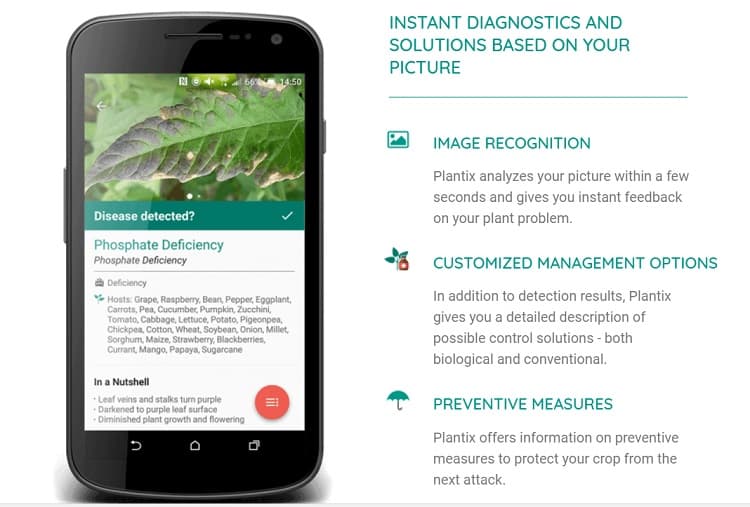
The company is giving the tech away for free with the hopes it can bank on all of the anonymized data Plantix collects over time. We’ve seen the benefits of AI and computer vision on agriculture with another company called Blue River Technology, which has developed a system that can actually “see” weeds so that farmers can dramatically reduce the use of pesticides. Deere and Company just snapped up Blue River for $305 million this month. The California company, one of CB Insights’ AI 100 in 2017, had raised about $30 million prior to exiting the startup scene.
Agricultural Intelligence


A Smart Camera
Swiss agtech startup Gamaya straddles the worlds of drones and AI. Founded in 2015, the company has raised about $4 million. The startup has developed a specialized hyperspectral camera designed to fly on a drone. Whereas the human eye or your typical digital camera can use three bands of the electromagnetic spectrum, hyperspectral cameras can use many narrow bands to create images that provide details unavailable to the naked eye. The Gamaya camera has 40 spectral channels. Algorithms then process the data, providing insights on crop health that could be affected by such things as disease or drought. Below you can see it identifies gaps in a field of sugarcane.
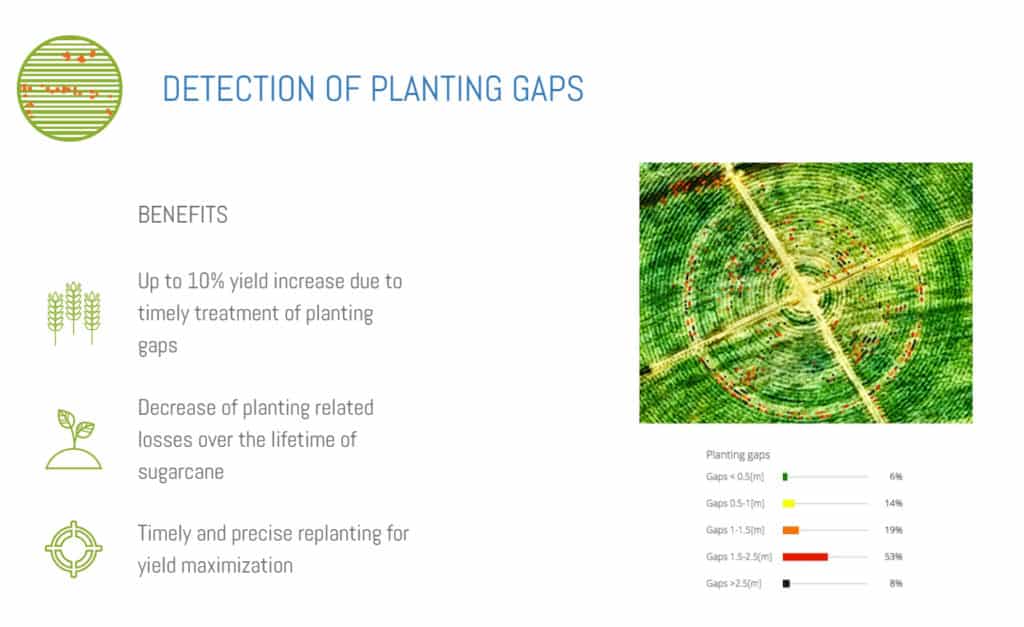
The company claims the data acquired from its cameras are 10 times more informative than any other monitoring solution currently on the market.
Conclusion
Investors poured more than $3.2 billion into agtech in 2016. This year’s $200 million mega-round to Plenty and $305 million exit by Blue River show that the sector is drawing serious attention. You can build all of the cool VR headsets in the world, but the biggest disruption on the planet will always be hunger. Remember the Arab Spring? That was driven, in part, from high commodity prices caused by agricultural failures and the diversion of crops for biofuels. These agtech startups, applying AI solutions, are showing they can not only feed more people but even predict when those times of instability might arise again. That’s something to chew on.
Sign up to our newsletter to get more of our great research delivered straight to your inbox!
Nanalyze Weekly includes useful insights written by our team of underpaid MBAs, research on new disruptive technology stocks flying under the radar, and summaries of our recent research. Always 100% free.















also http://www.motorleaf.com
Check out Coolfarm which should make this list for sure!